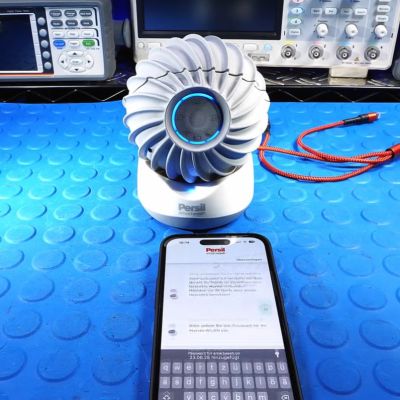Fax machines had a moment in the sun, but they are actually much older than you might expect. Before the consumer-grade fax machines arrived, there was a thriving market for “wire photos” used by, for example, news organizations and the weather service. In the United States, the WEFax from Western Electric was fairly common and shows up on the surplus market. [Thomas] has an English unit, a Muirhead K-570B, that is very clearly not a consumer-oriented machine. His unit dates back to 1983, but it reminds us of many older designs. Check out his teardown in the video below.
The phone line connection on this device is a pair of banana jacks! There are even jacks for an external meter. Inside, the device is about what you’d expect for a 1983 build. PCBs with bare tinned conductors and lots of through-hole parts.



















